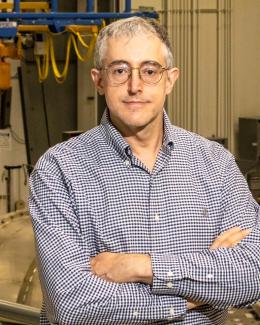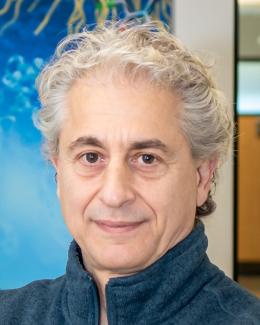Abstract
Mixtures of dimyristoyl-phosphatidylcholine (DMPC), dimyristoyl-phosphatidylglycerol (DMPG) and dihexanoylphosphatidylcholine (DHPC) in aqueous solutions spontaneously form monodisperse, bilayered nanodiscs (also known as “bicelles”) at or below the melting transition temperature of DMPC (TM ~23 °C). In dilute systems above the main transition temperature TM of DMPC, bicelles coalesce (increasing their diameter) and eventually self-fold into unilamellar vesicles (ULVs). Time resolved small angle neutron scattering was used to study the growth kinetics of nanodiscs below and equal to TM over a period of hours as a function of temperature at two lipid concentrations in presence or absence of NaCl salt. Bicelles seem to undergo a sudden initial growth phase with increased temperature, which is then followed by a slower reaction-limited growth phase that depends on ionic strength, lipid concentration and temperature. The bicelle interaction energy was derived from the colloidal theory of Derjaguin and Landau, and Verwey and Overbeek (DLVO). While the calculated total energy between discs is attractive and proportional to their growth rate, a more detailed mechanism is proposed to describe the mechanism of disc coalescence. After annealing at low temperature (low-T), samples were heated to 50 °C in order to promote the formation of ULVs. Although the low-T annealing of samples has only a marginal effect on the mean size of end-state ULVs, it does affect their polydispersity, which increases with increased T, presumably driven by the entropy of the system.



